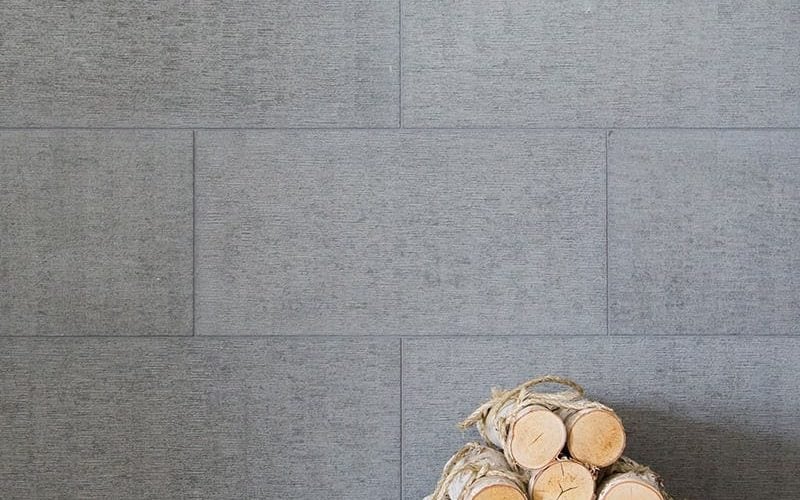A new museum, shown below, wholly dedicated to the Bauhaus style, opened recently in the German town of Dessau, the former location of the iconic design school. Why is a purveyor of natural stone posting about the Bauhaus School? Simply put, our natural stone is transformed into Bauhaus Style Stone by clever interpretive usage. But first, a bit more on the Bauhaus.

A succinct definition of “Bauhaus is offered by mymodernmet.com: “Bauhaus—literally translated to “construction house”—originated as a German school of the arts in the early 20th century. Founded by Walter Gropius, the school eventually morphed into its own modern art movement characterized by its unique approach to architecture and design. Today, Bauhaus is renowned for both its unique aesthetic that inventively combines the fine arts with arts and crafts as well as its enduring influence on modern and contemporary art.”
All fans of art, architecture and design are familiar with many of the famous names associated with this style. Walter Gropius, as mentioned above, Wassily Kandinsky, Paul Klee, Ludwig Mies van der Rohe, Marcel Breuer, and many more. Take a look below at the iconic Wassily chair designed by Breuer but named for Kandinsky.

Of course there are also the many quotes attributed to individuals associated with the school. “Architecture begins where engineering ends” and “art itself cannot be taught, but craftsmanship can” by Walter Gropius. Then Mies told us that “god is in the details” and “less is more.”
Now where does Bauhaus intersect with natural stone? In general, Bauhaus architecture is characterized by an attempt to work with geometric shapes in an effort to achieve maximum function. You can expect to see lots glass and concrete in very open plans. The legendary Farnsworth House below, designed by Mies, also incorporated limestone as an important component.

To tie this post up, take a look below at our Basalto Stone. This clean, pure, visually neutral stone will work inside any Bauhaus design plan.
We hope that if you are new to the Bauhaus this post has helped. If you are a long admirer of this school, then we hope you enjoyed it. Thanks for reading.

